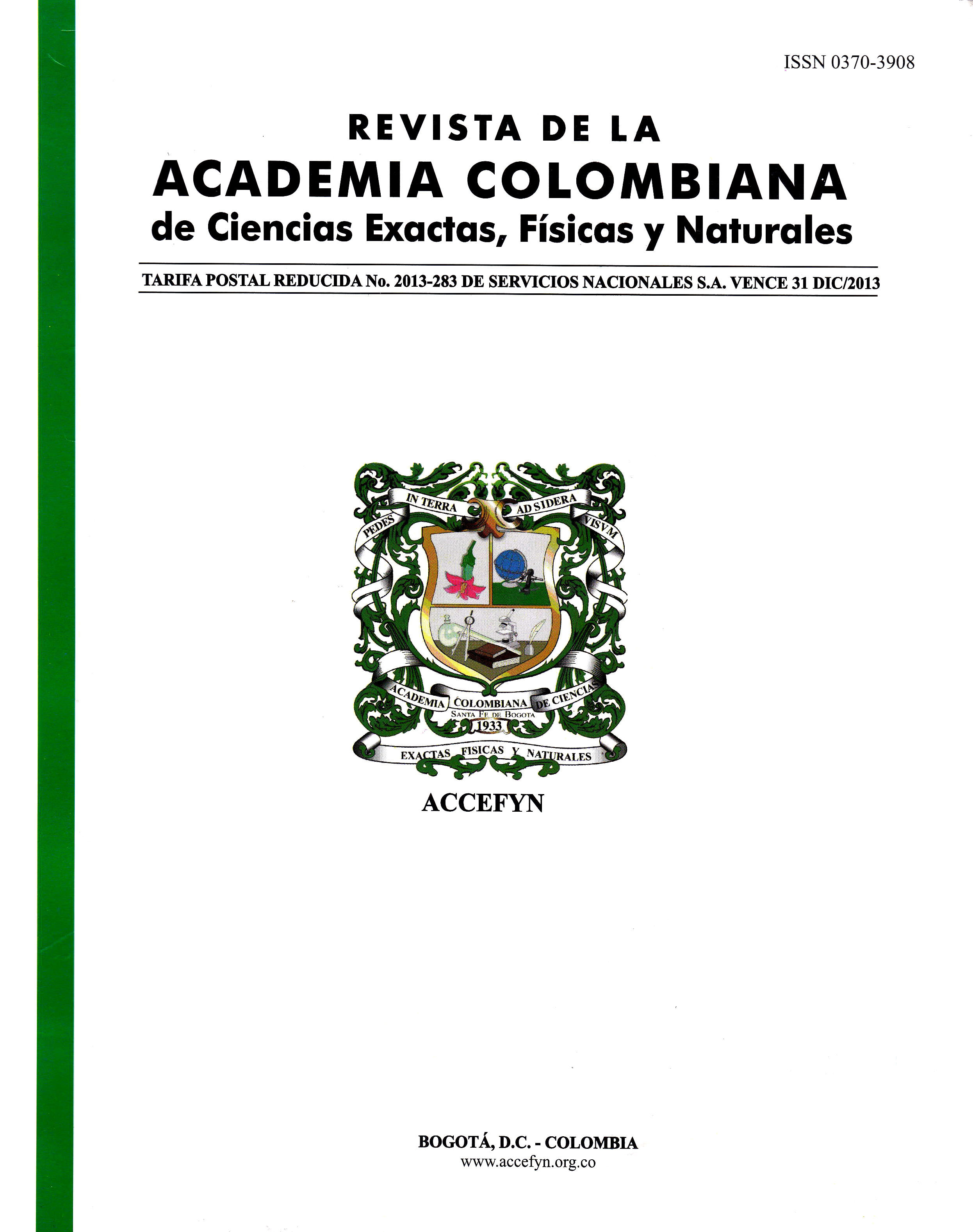Resumen
Mediante extracción con fluidos supercríticos (EFS) se obtuvieron extractos de rizomas de jengibre (Zingiber officinale), con CO2 a diferentes condiciones de presión y temperatura. Adicionalmente, mediante extracción soxhlet se obtuvieron extractos lipofílicos. Los rendimientos de extracción fueron determinados y los extractos obtenidos se analizaron mediante cromatografía de gases acoplada a espectrometría de masas (CG-EM). La EFS permitió obtener extractos libres de solvente, alcanzando un rendimiento de 1.51% a 17.9 MPa y 40 ºC. Por CG-EM se lograron identificar más de treinta componentes presentes en los extractos, algunos de los cuales le imparten el aroma característico al jengibre y poseen importantes tipos de actividad biológica.
Referencias
Bhupesh R, Motonobu G, Tsutomu H. 1996. Extraction of Ginger oil with supercritical carbon dioxide: experiments and modelling. Ind. Eng. Chem. Res. 35:607-612.
Burdock G. 1995. Fenaroli’s Handbook Of Flavor Ingredients, CRC PRESS. Florida, USA.
Duque A. 2000. Encuesta Nacional de Plantas Medicinales y Aromáticas una Aproximación al Mercado de las PMyA en Colombia. Instituto de Investigación de Recursos Biológicos Alexander von Humboldt.
Duque C, Morales AL. 2005. El Aroma Frutal de Colombia. Editorial Unibiblos, Bogotá, Colombia.
Gong F, Fung Y, Liang Y. 2004. Determination of volatile components in Ginger using gas chromatography-mass spectrometry with resolution improved by data processing techniques. J. Agric. Food Chem. 52:6378-6383.
Herrero M, Mendiola JA, Cifuentes A, Ibáñez E. 2010. Supercritical fluid extraction: Recent advances and applicationsReview. J. Chromatogr. A 1217:2495-2511.
Martínez J, Monteiro R, Rosa P, Marques M, Meireles A. 2003. Multicomponent model to describe extraction of Ginger oleoresin with supercritical carbon dioxide. Ind. Eng. Chem. Res. 42:1057-1063.
Nivia A, Castro H, Parada F, Rodríguez I, Restrepo P. 2007. Aprovechamiento integral de la guayaba (Psidium guajava L.): I. Obtención de extractos a partir de semillas utilizando como solvente CO2 supercrítico. Sci. Tech. 33:120-123.
Pfeiffer E, Heuschmid F, Kranz S, Metzler M. 2006. Microsomal hydroxylation and glucuronidation of [6]-gingerol. J. Agric. Food Chem. 54:8769-8774.
Shukla Y, Singh M. 2007. Cancer preventive properties of ginger: a brief review. Food Chem. Toxicol. 45:683-690.
Stoilova I, Krastanov A, Stoyanova A, Denev P, Gargova, S. 2007. Antioxidant activity of a ginger extract (Zingiber officinale). Food Chem. 102:764-770.
Taghizadeh A, Shirpoora A, Farshid A, Saadatian R, Rasmi Y, Saboory E, Ilkhanizadeh B, Allameh A. 2007. The effect of ginger on diabetic nephropathy, plasma antioxidant capacity and lipid peroxidation in rats. Food Chem. 101:148-153.
Vásquez O, Alba A, Marreros J. 2001. Extracción y caracterización del aceite esencial de jengibre (Zingiber officinale). Rev. Amaz. Inv. Alim. 1:38-42.
World Health Organization. 1999. Monographs on Selected Medicinal Plants. World Health Organization. Geneva, Switzerland.

Esta obra está bajo una licencia internacional Creative Commons Atribución-NoComercial-SinDerivadas 4.0.
Derechos de autor 2023 https://creativecommons.org/licenses/by-nc-nd/4.0

